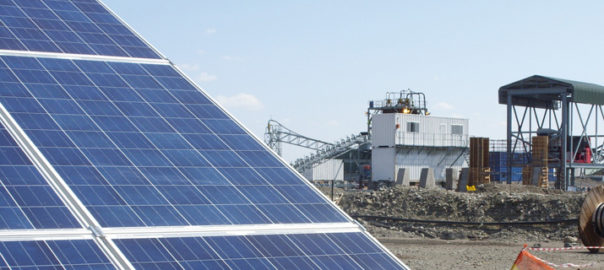Vale has signed a long-term energy supply contract with Casa dos Ventos as part of its plan to generate 100% of its electricity in Brazil by 2030 through renewable sources.
The agreement is related to energy produced from the Folha Larga Sul wind farm in Campo Formoso, Bahia. With an installed capacity of 151.2 MW, the project is expected begin commercial operation by the first half of 2020. Vale says its energy has been contracted for 23 years.
The pact also includes a future asset call option held by Vale.
“The partnership is yet another step into Vale’s strategy to achieve 100% self-generation of electricity in Brazil by 2030 through the use of renewable sources of energy,” the company said.









